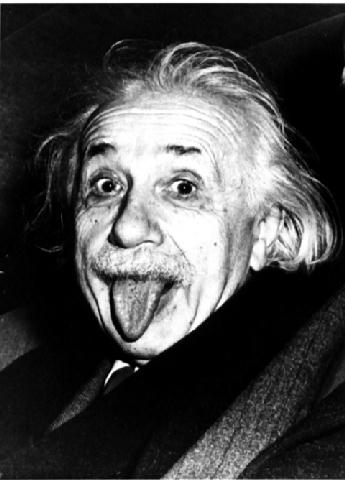More Examples

Example 1 (Contraction of Space-Time)
A Race car driver races his vehicle down a track, past a spectator off to the side, at a constant velocity of 120 mph. The spectator measures the length of the track as 1 mile long. Now, if the driver and the spectator were to take identical stopwatches and start them both when the front of the car crosses the beginning of the track and stop them both when it crosses the end, Newtonian physics would tell us that the stop watches should read exactly the same. This, however, is not the case.
The driverís stopwatch would read something like -> 29.99999999999952 sec.
The spectatorís stopwatch would read -> 30 sec.
Now, the driver measures the length of the car at 16 feet. The spectator clicks the stopwatch when the front of the car reaches a certain point and stops it after it passes that point.
The car is travelling at 120 mph X the length of time recorded shows the length of the car as observed by the spectator as 15.99999999999974 feet.
The faster the car is moving the more
time contracts for the driverís stopwatch. If the car was
travelling 87% the speed of light (580 million mph), time would contract
to half that observed by the spectator. And, the car would appear to the
spectator to be half the size of that observed by the driver.
Driver :
measures the car at 16 ft.
measures the track at slightly less than 1 mile
Spectator :
measures the car at slightly less than 16 ft.
measures the track at 1 mile